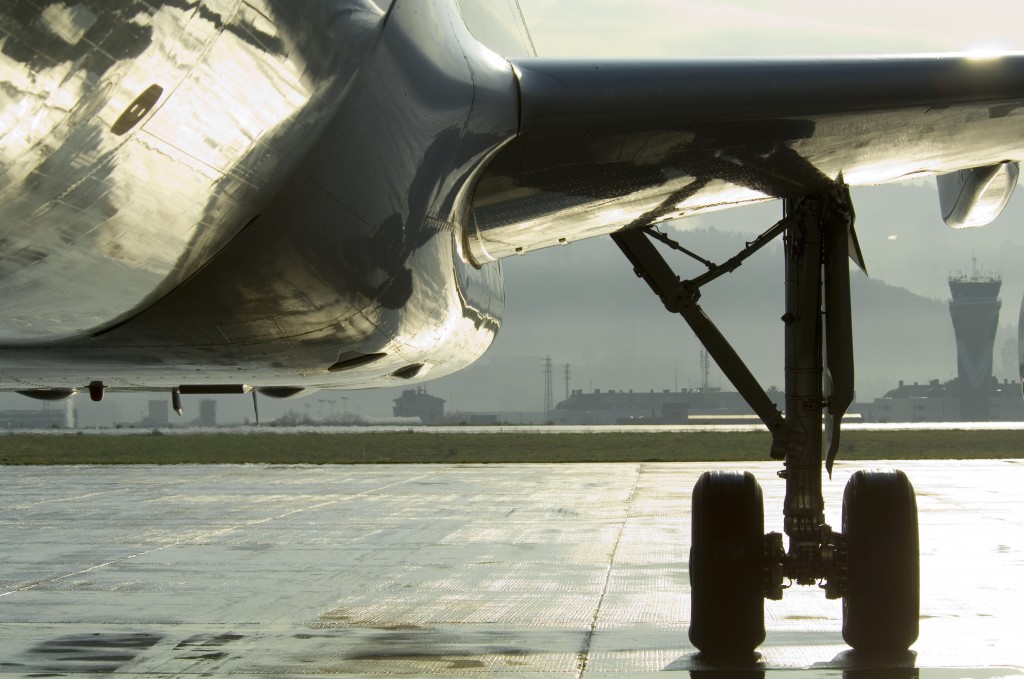Where did Aircraft Maintenance come from?
In the beginning there was no maintenance requirement so it became a needs driven activity. Task which would in fact tend to be multiplied due to any findings following adverse events.
We can trace regulatory driven maintenance requirements back to the 1930’s. Essentially the hard time maintenance tasks predominated as the maintenance tool of choice, (essentially the aircraft would receive maintenance whether it needed it or not!) Maintenance Programs were typically quite simple in design and lacking any detailed structured analysis, еngines were also hard time components.
The need for change was identified in the period following WW2 and early signs started to appear in the early 1950’s with the advent of the Jet Age. However the changes were driven not by analysis but by external regulatory pressure aimed at driving safety but essentially driven in a reactive way. If anything the early changes actually added to the burden of the maintenance task and the maintenance required by for example a DC8 aircraft or a B707 aircraft would be times more than a similar aircraft today (a factor of 3 or 4 times more maintenance would not be an exaggerated claim)
At one time it was considered that there was a direct correlation between the reliability of the equipment and was inversely proportional to their period of operation or the age of the equipment and that regular maintenance was a mandatory requirement to reduce the probability of a failure.
As we now know only too well this was not the case and in fact some failures where not foreseeable regardless of whatever maintenance activity was performed, moreover for some components the probability of failure did not increase with the period of operation or the age of the equipment.
We also began to understand that the unnecessary changing of components for whatever reason in fact had a negative impact on reliability.
With the dawn of the large jets looming in particular the B747-100 a new process was developed under the guidance of American Transport Association (ATA). This process introduced a decision based logic tree approach to determine the most appropriate maintenance to be performed on a given system or component.
MSG-1 introduced the concept of “On Condition” which led to a significant reduction in the maintenance tasks required without any reduction in the safety or reliability of the aircraft and its systems, but with a significant reduction in the cost.
Sofema Aviation Services offers regulatory and vocational training across a range of disciplines including Maintenance Planning, Reliability & Production Planning Techniques.
For details please see www.sassofia.com or email office@sassofia.com
Tags:
Aircraft Maintenance, Maintenance Planning, Production Planning, Maintenance Programs





